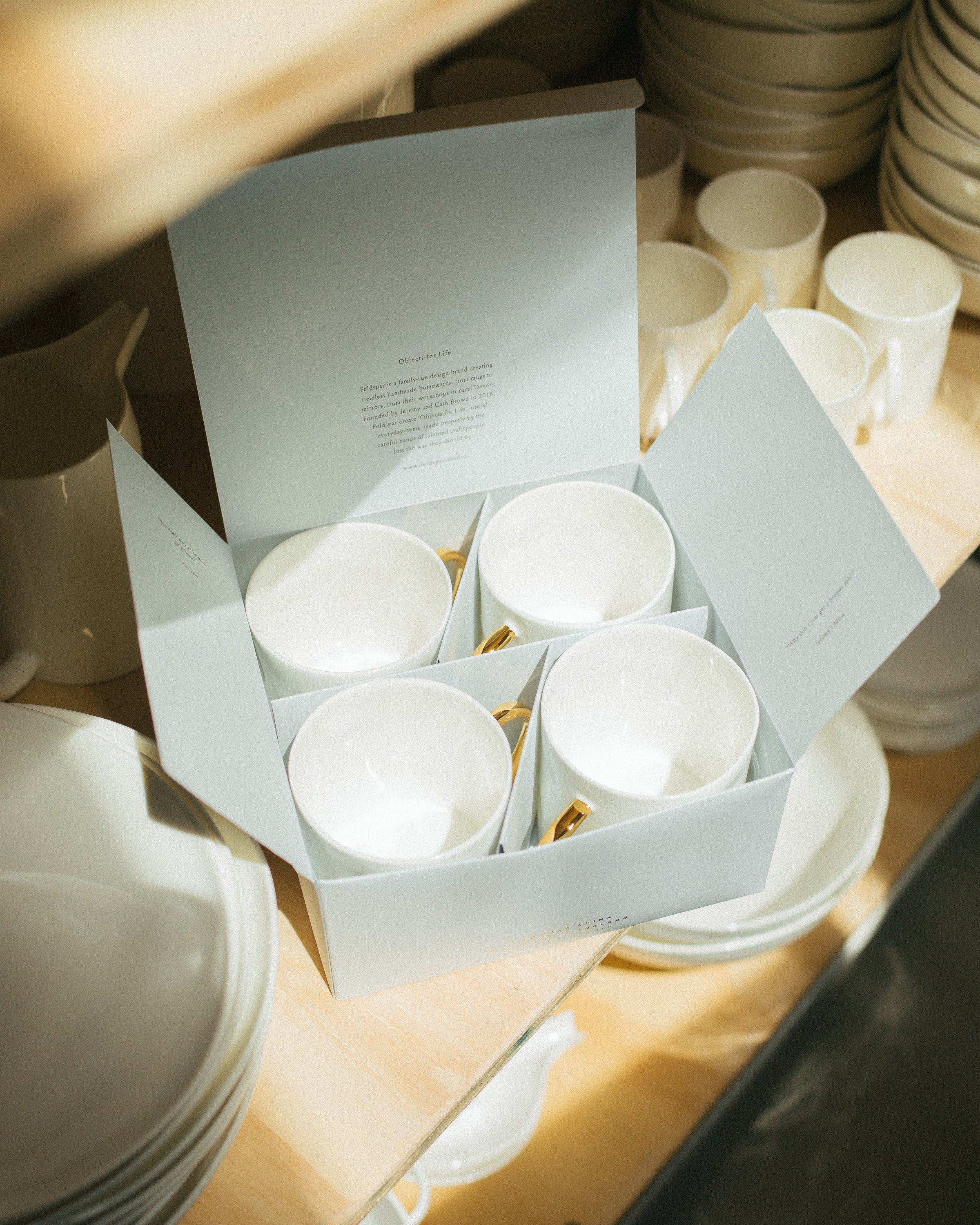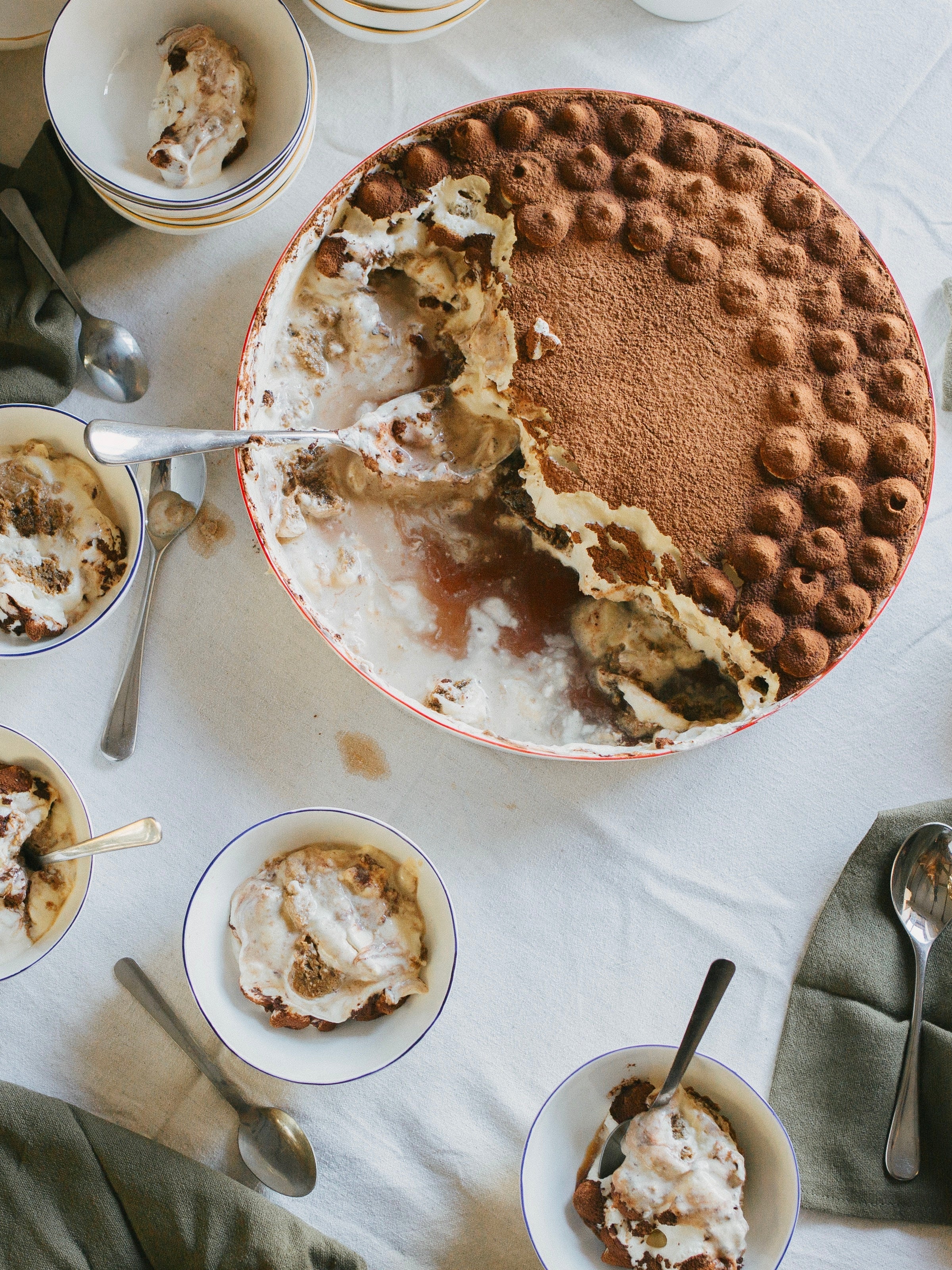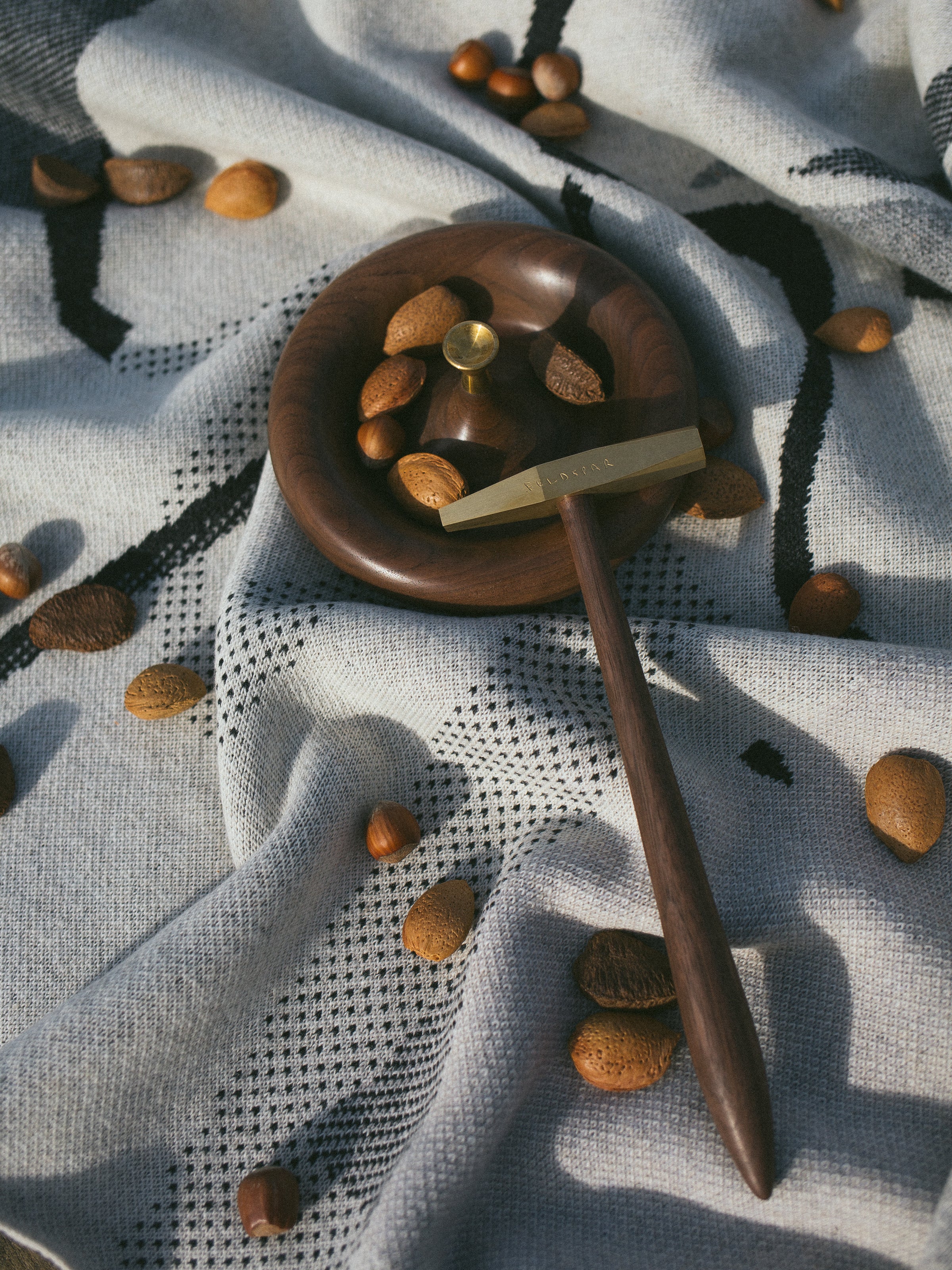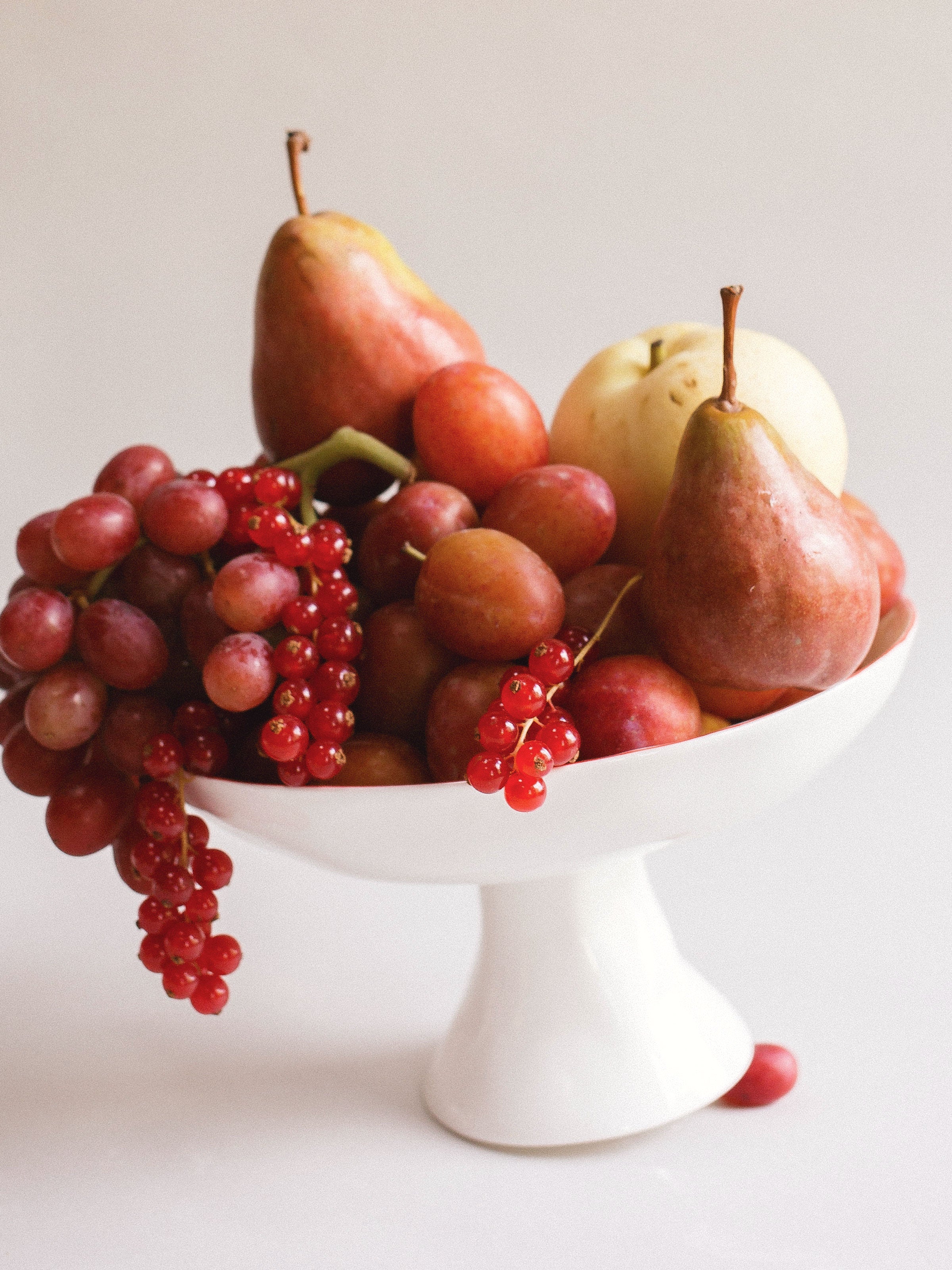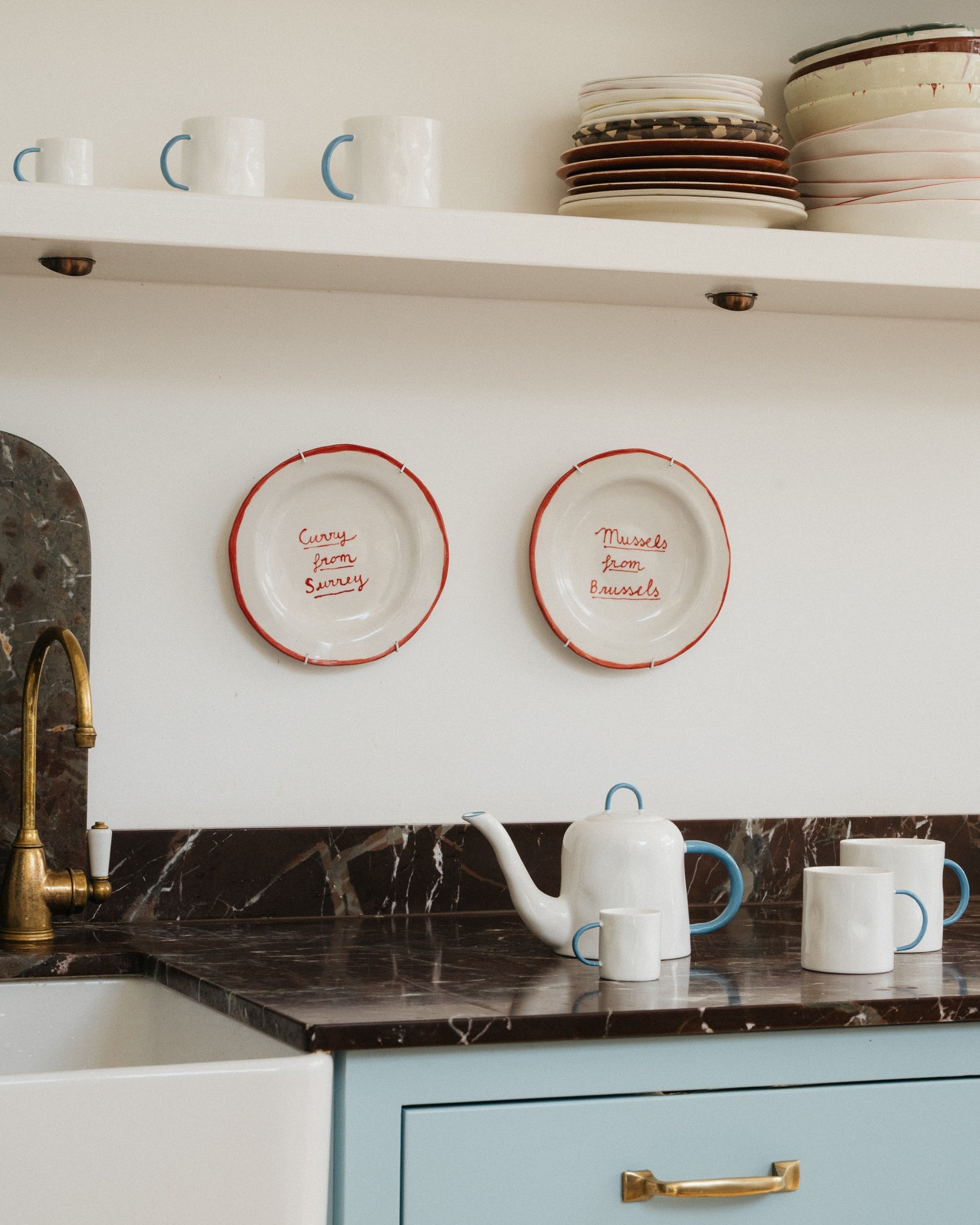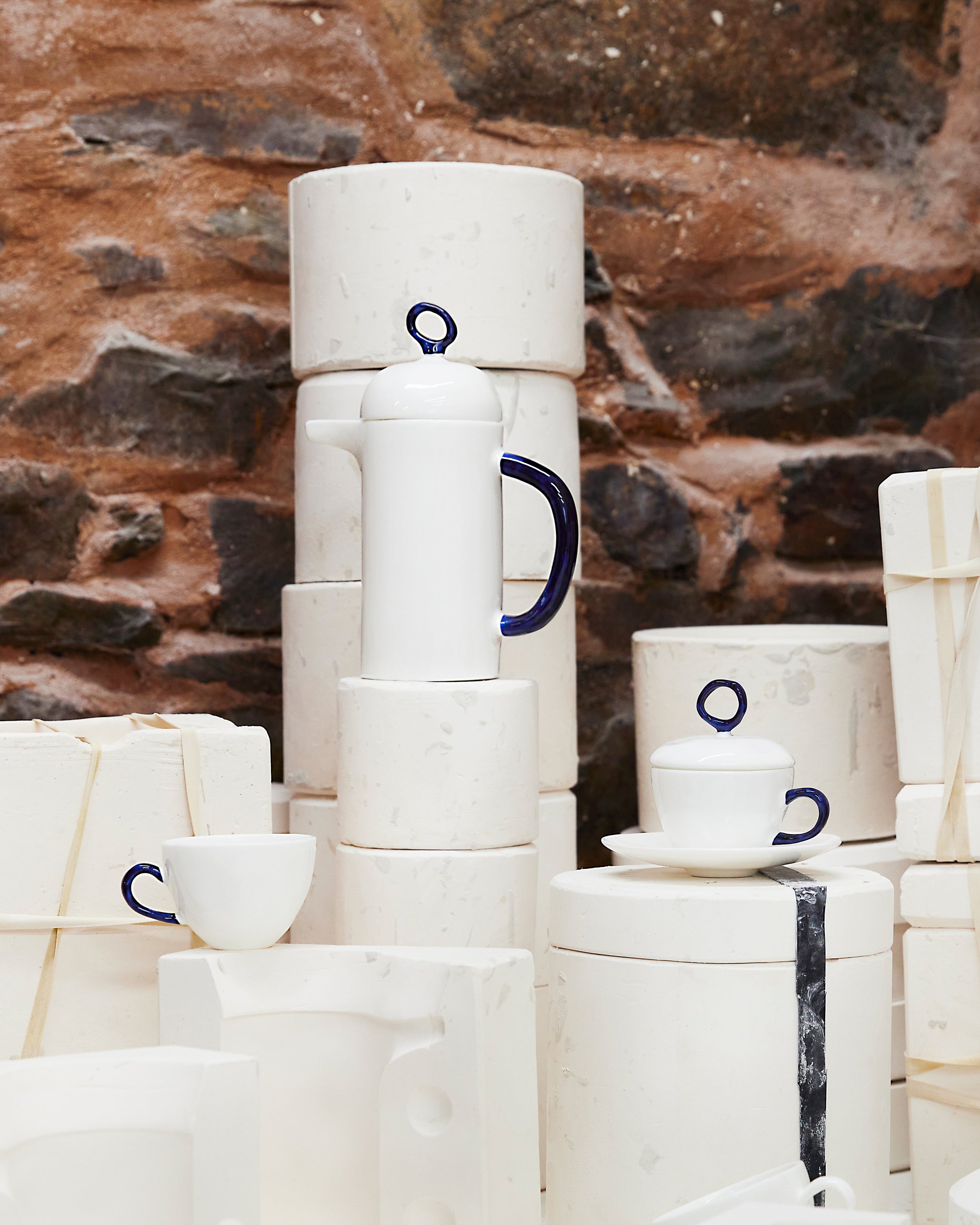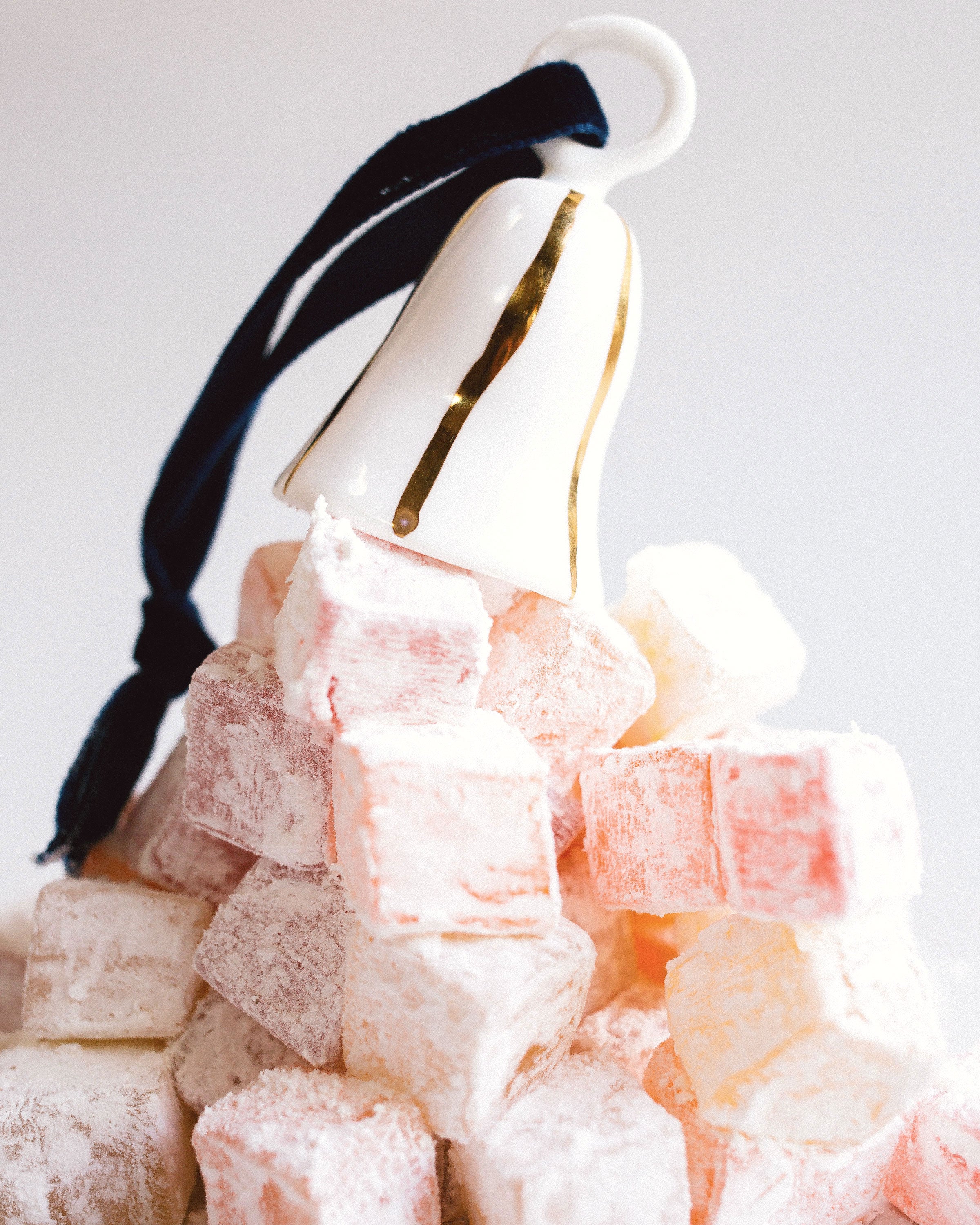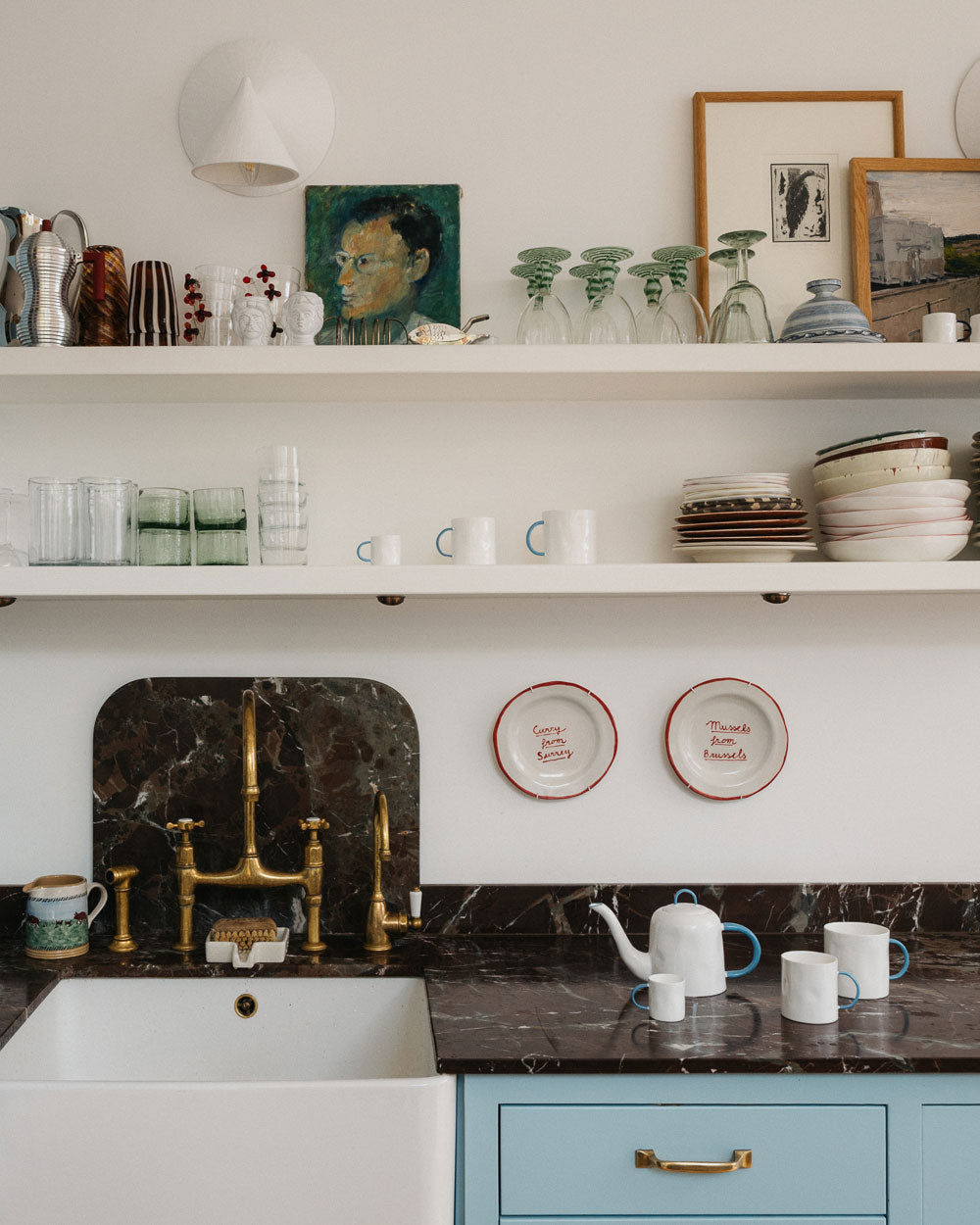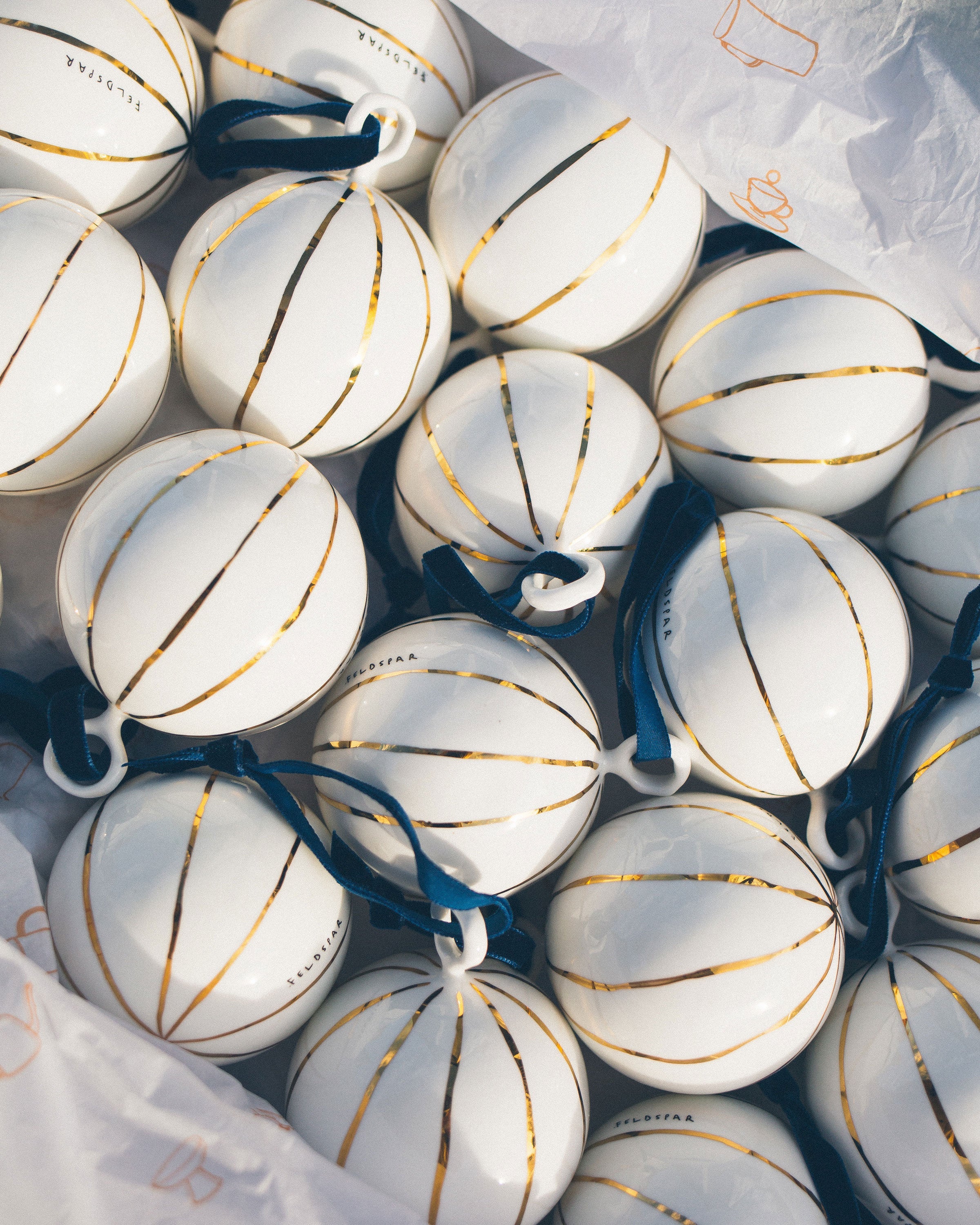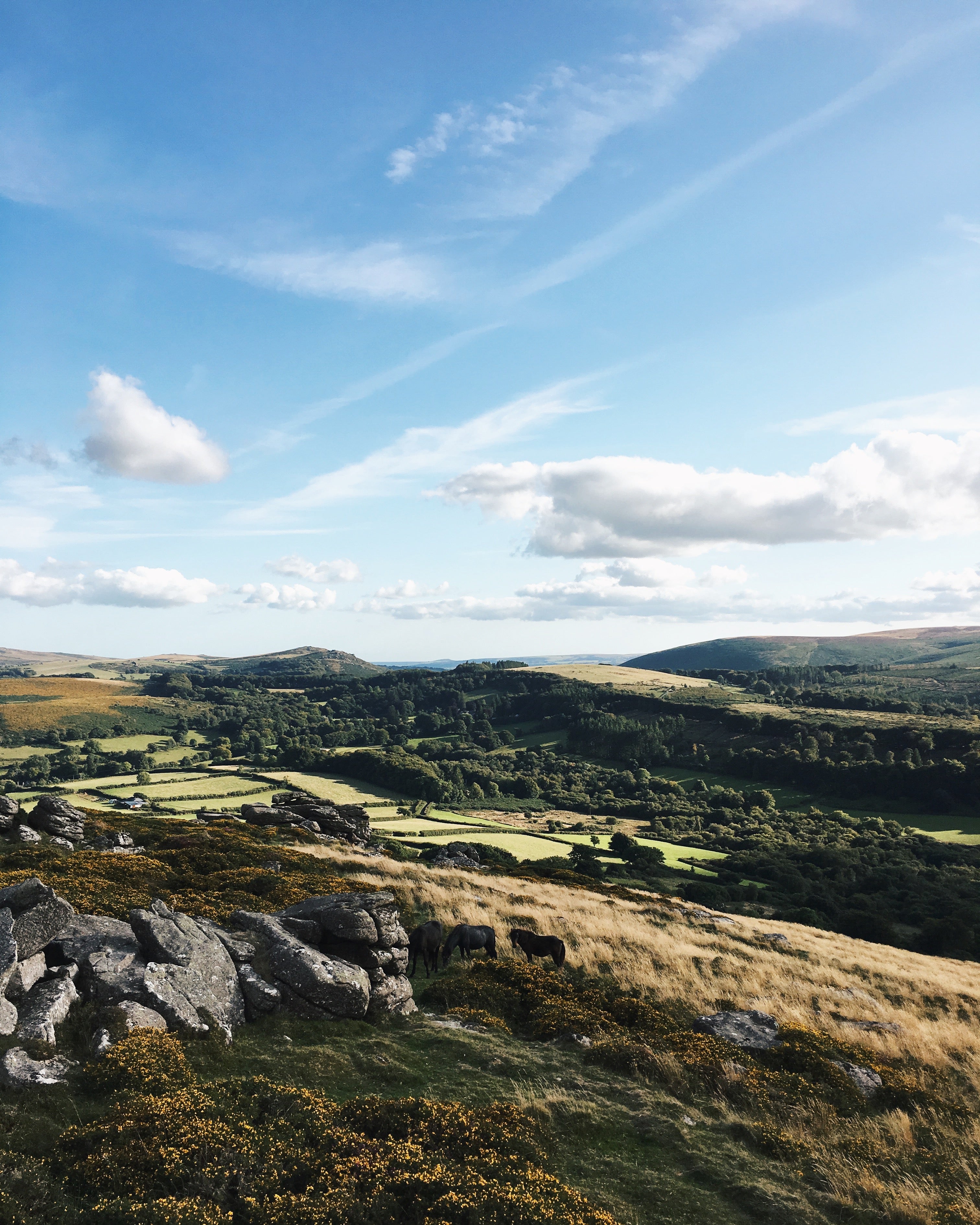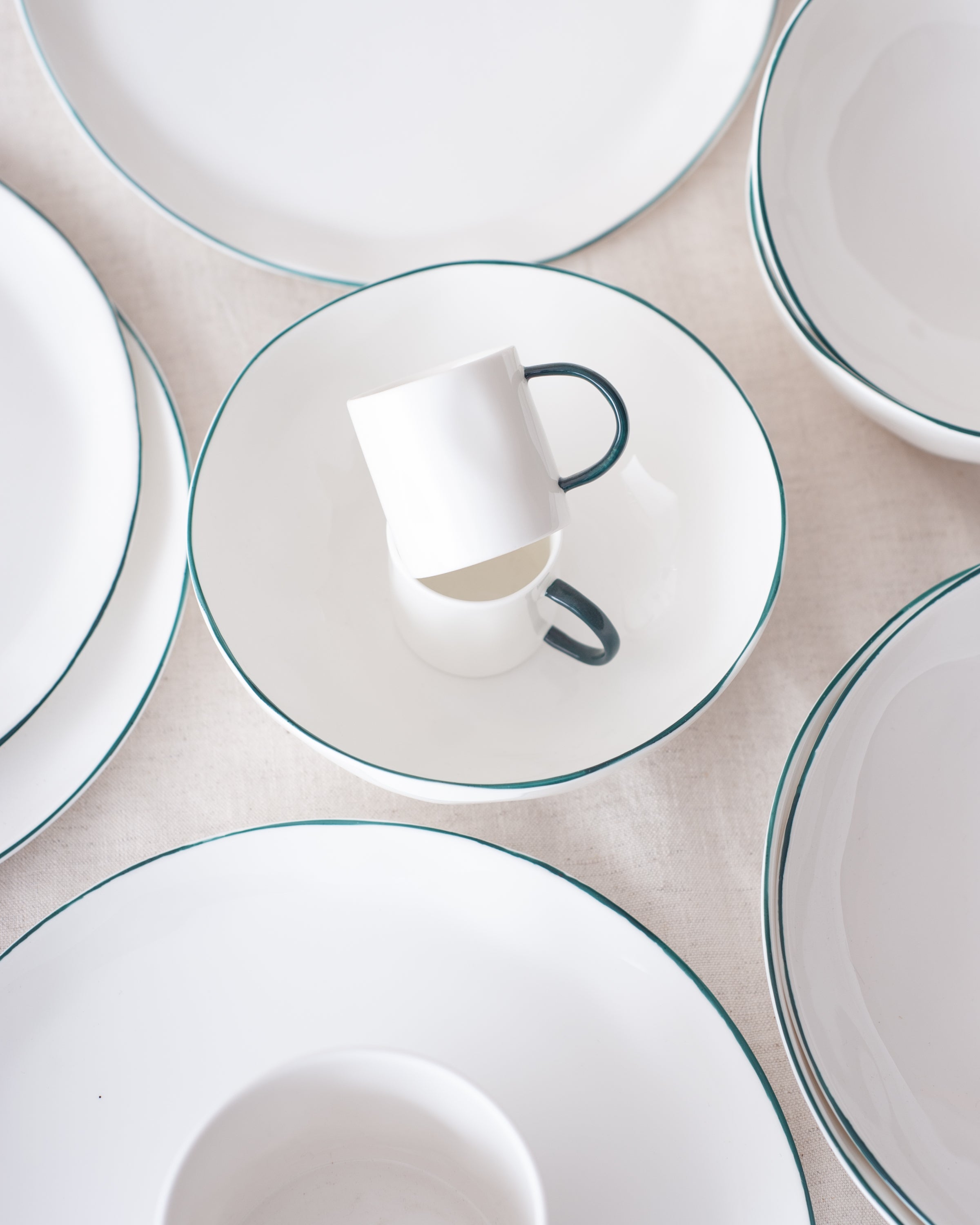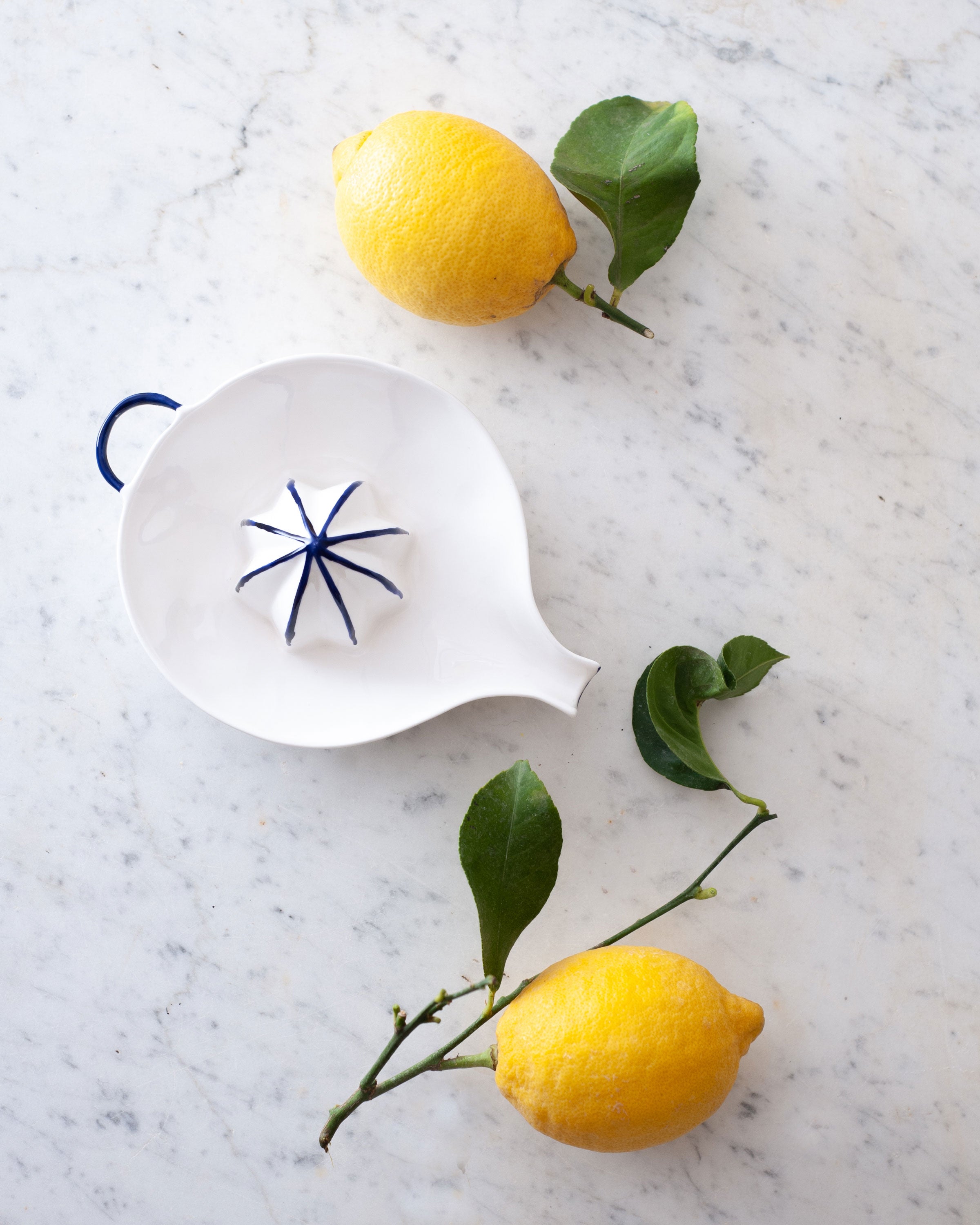My Mum's Pavlova Recipe
My mum is famous for her pavlovas, always shaped into numbers or letters depending on the occasion. Her birthday pavlovas are a thing of wonder – huge meringues shaped into numbers or letters and covered in fruit, candles and icing sugar. My late Granny’s 90th pavlova was an enormous 90. My brother’s wedding pavlova was their initials with a giant heart. They are an intrinsic part of my childhood, and now when I'm making a cake or taking a pudding to a party I'll always think to make a pavlova before anything else. They go down a storm, with all ages. Even the fussiest of kids...
When I asked Mum for her top pavlova tips, she said ‘invest in an Aga’. Which is helpful. But she did also offer up some sage advice unrelated to Agas... see below for her failsafe recipe – tried and tested many, many, many times – plus a couple of our favourite seasonal topping ideas.
This will make one large pavlova. Approximately 32cm in diameter. Can be shaped into a letter or number, but if you’re going for double digits you’ll need to make it twice. If you don’t have an aga, put it in initially at 160˚, turn it down to 140˚ for the first hour and then switch off the oven for the second hour.
*Always only use metal utensils, don’t let a wooden spoon anywhere near those egg whites*
- 5 egg whites at room temperature, not straight from the fridge
- 10 oz caster sugar
- 1 teaspoon white wine vinegar
- 2 level teaspoons cornflour
- Dash of vanilla essence
Whisk the egg whites until they are stiff. Hold the bowl upside down to check – I always do this on top of one of my children. They love it. Then whisk in the sugar one teaspoon at a time. Don’t be tempted to rush this stage, it takes a good five minutes for all the sugar to be whisked in. Blend the vinegar with the cornflour and vanilla and whisk this in.
Spread the mixture out onto a lined baking tray, if you’re making a number or letter I tend to do it in reverse and turn it upside down to fill, but if you’re making a regular shape build up the sides slightly to hold the filling in place. You can have a lot of fun with the shape here.
Put into a hot oven (bottom of the roasting oven for Aga users) for 3 minutes until lightly coloured, then transfer to the bottom (low temperature) oven.
Cook for 2 hours, but check regularly – you want it firm and lightly coloured on the outside and still gooey inside. If it cracks, don’t worry at all – you’ll be covering most of it with the filling so you can hide most cracks.
For fillings you need cream and fruit, but the options are endless - read on for a couple of our seasonal favourites, casually whipped up by Lauren at the workshop, Fig, Raspberry and Pistachio and Brown Sugar, Apricot and Ricotta.



